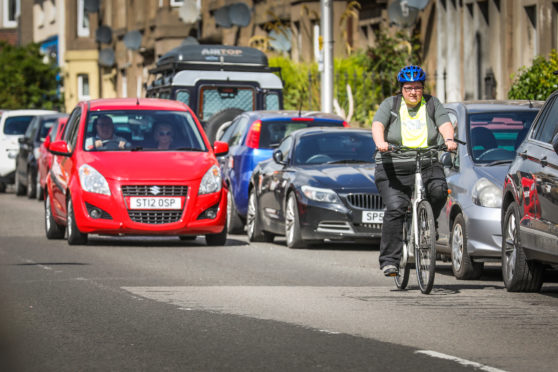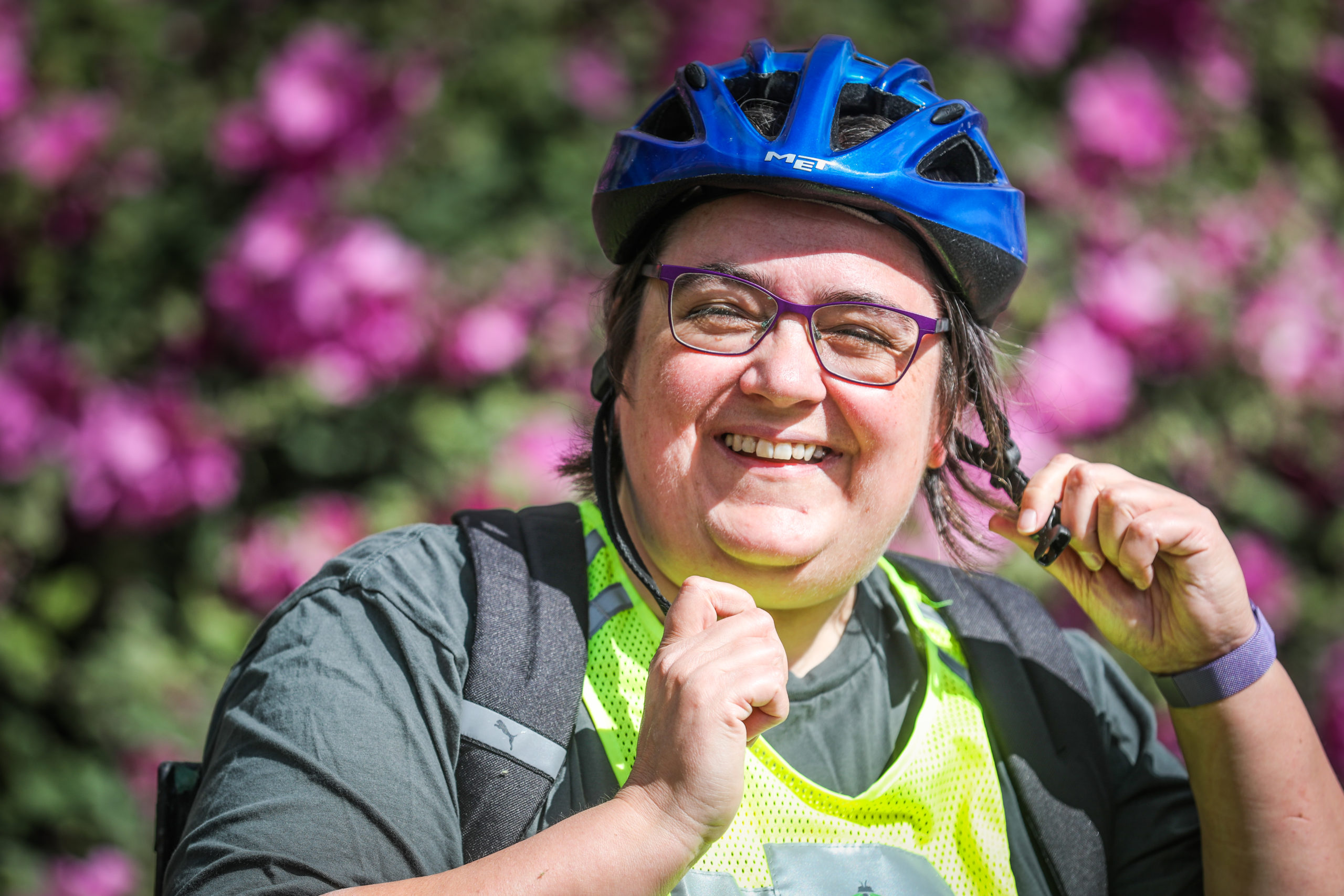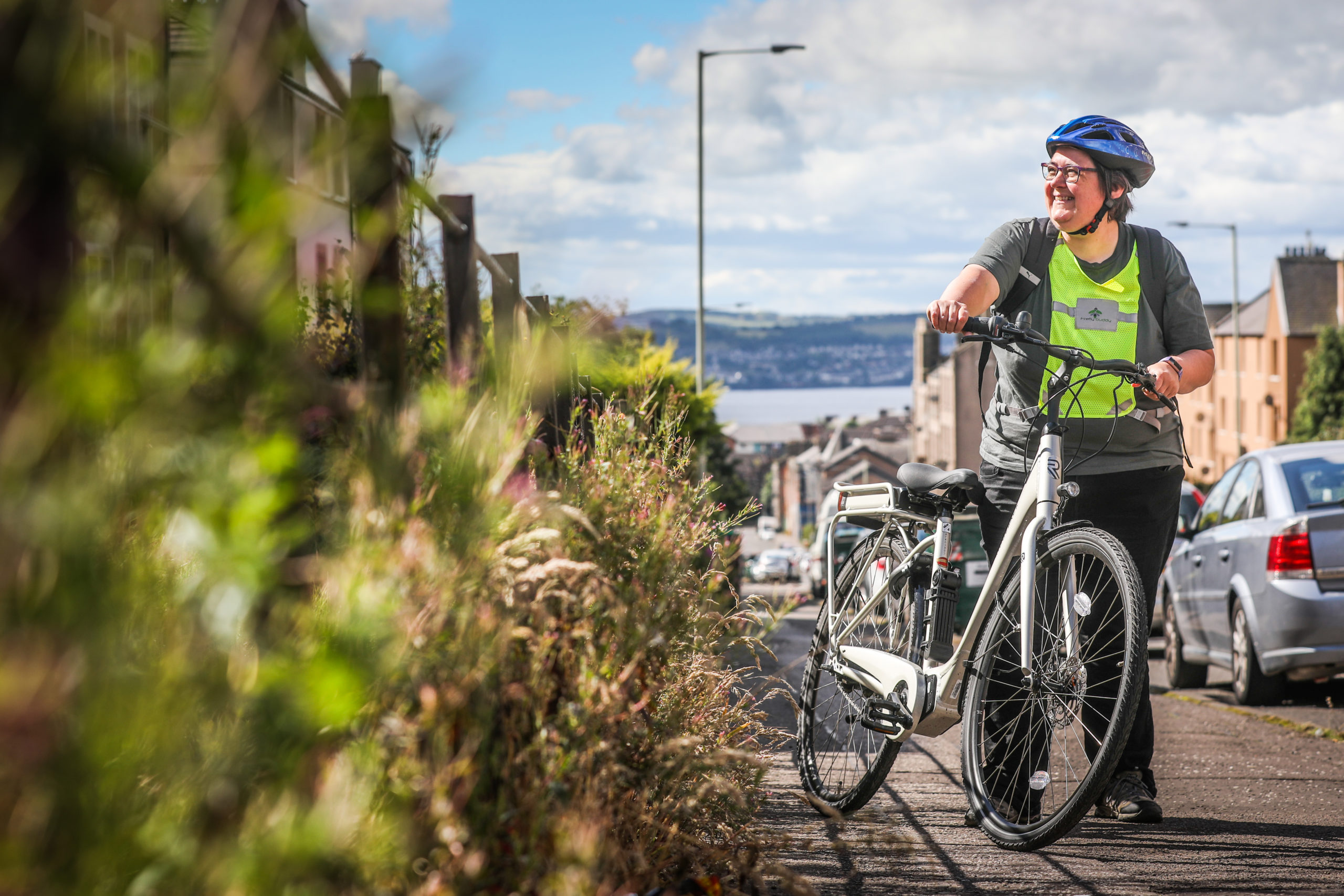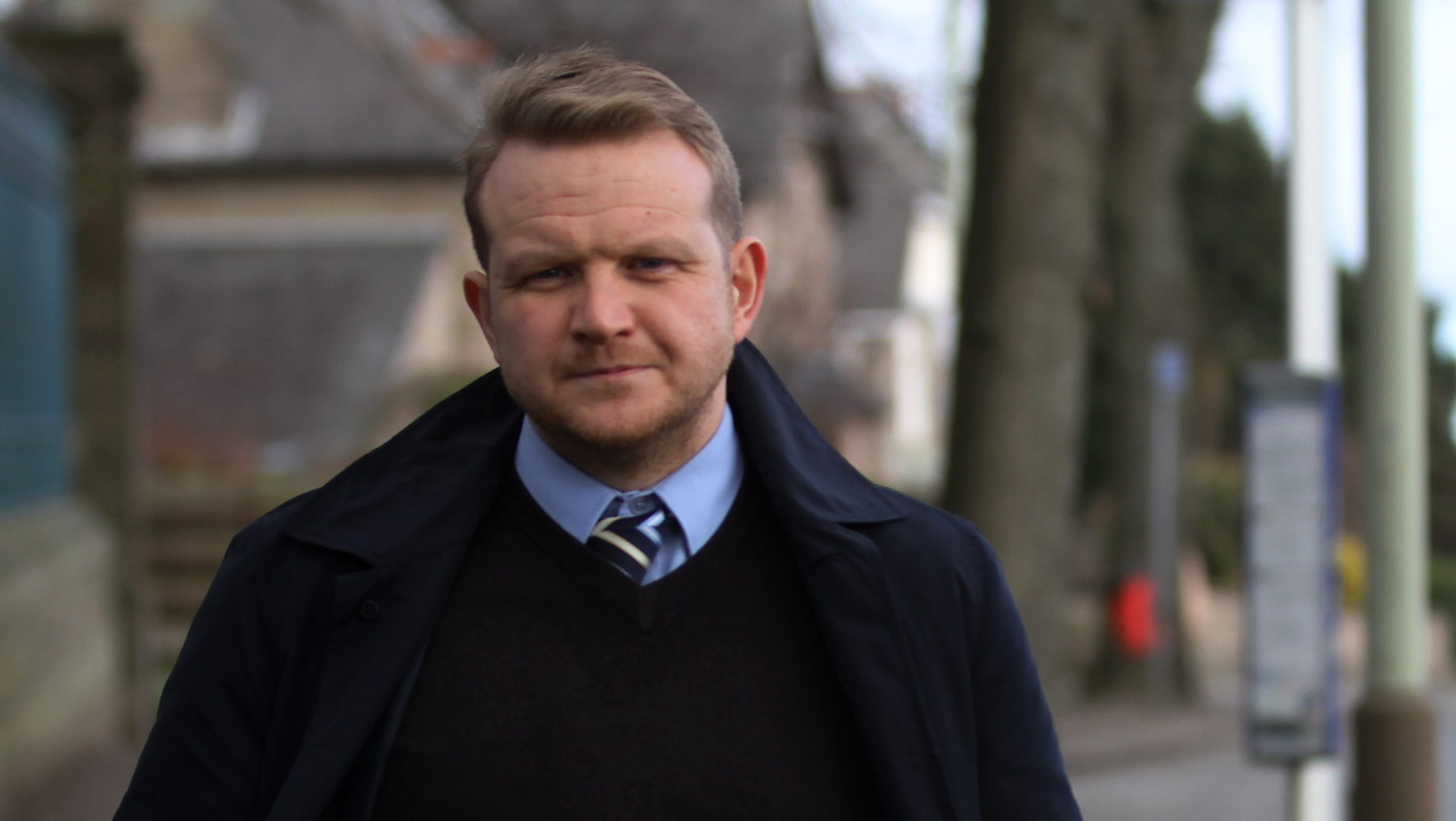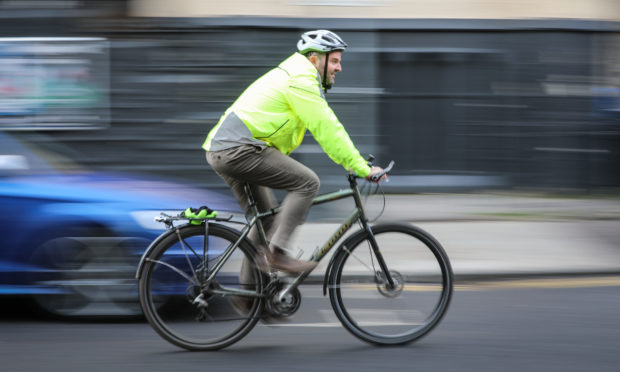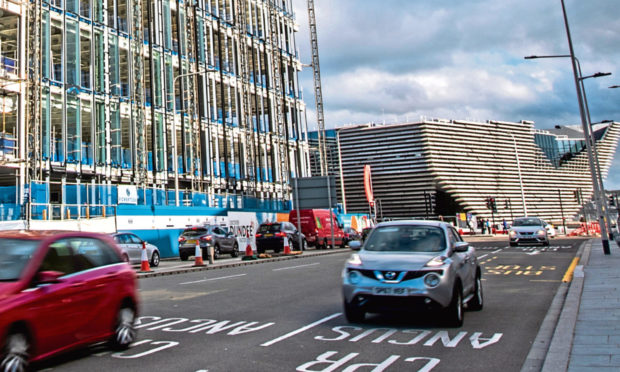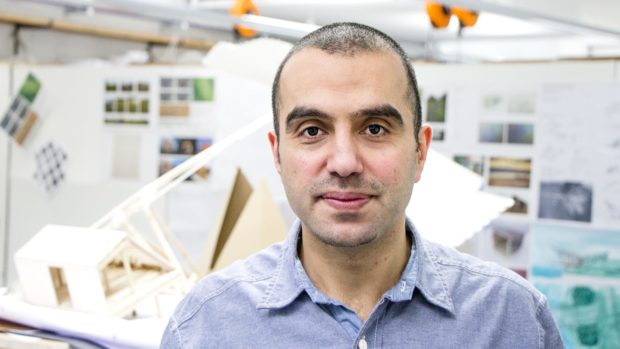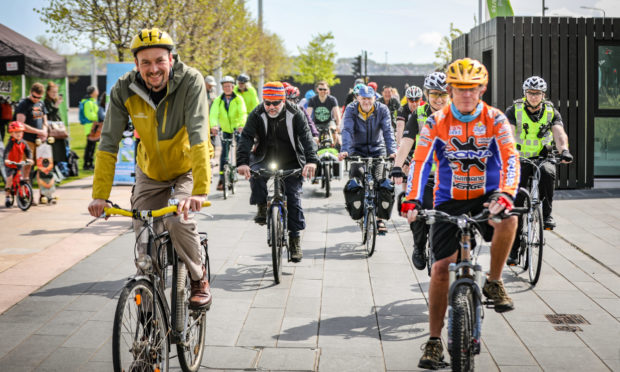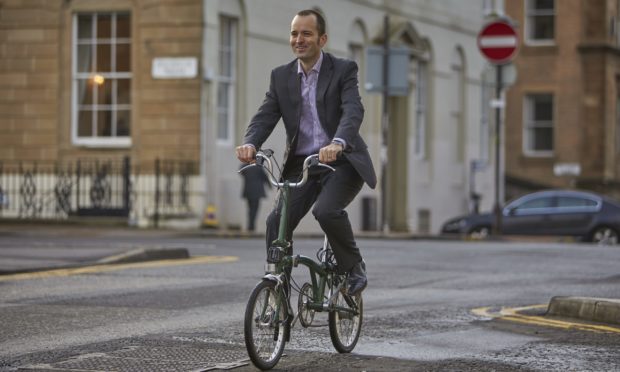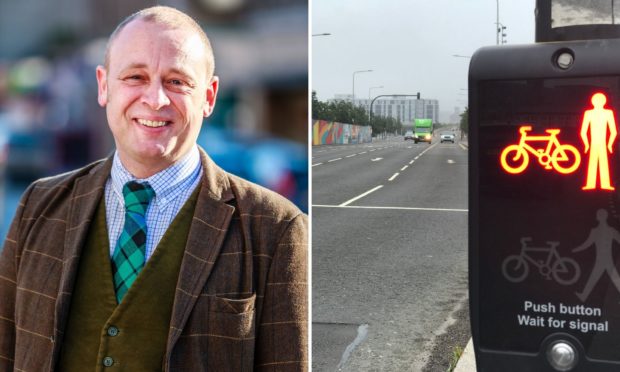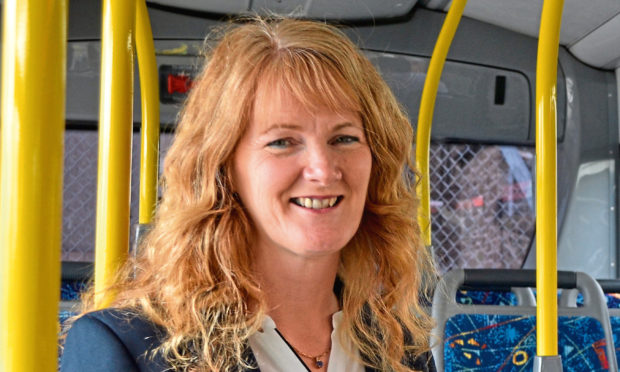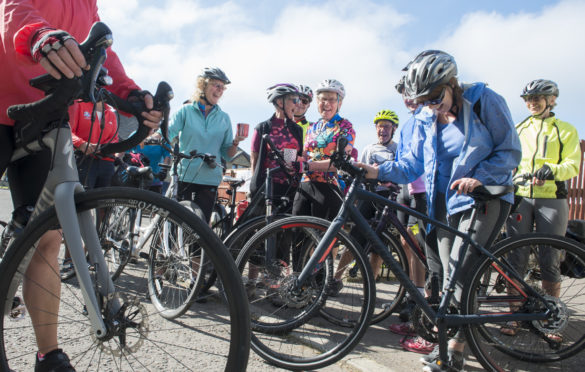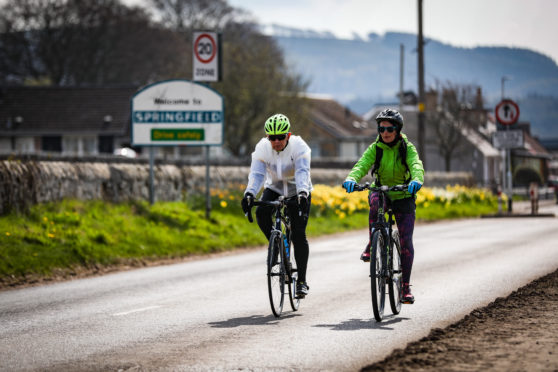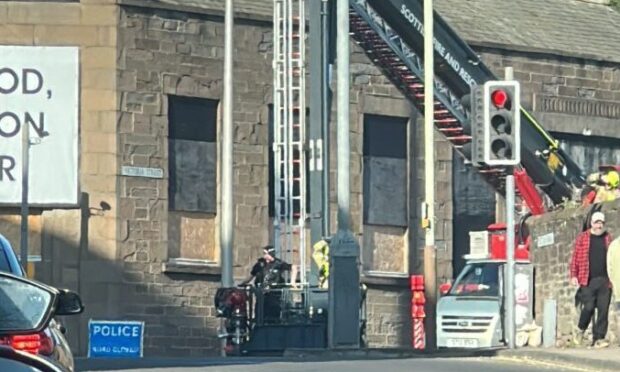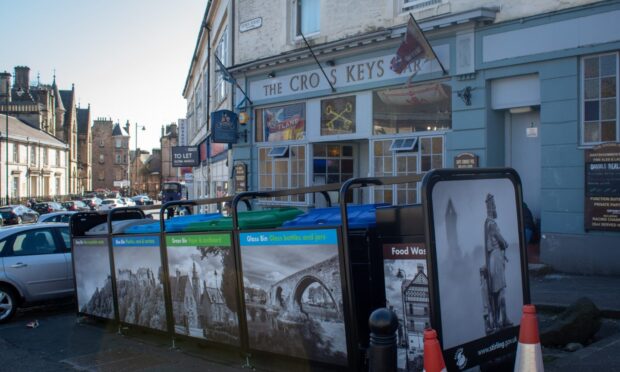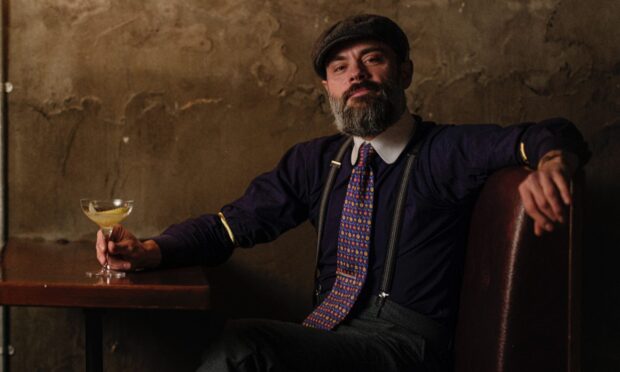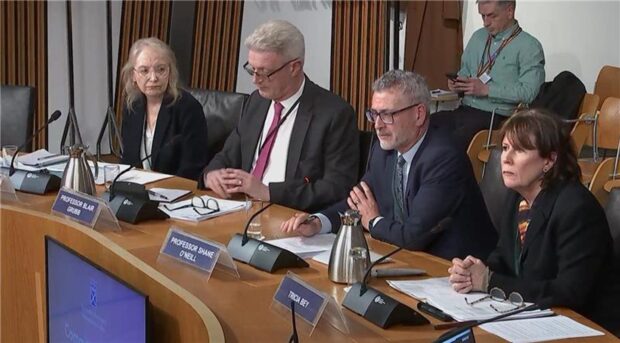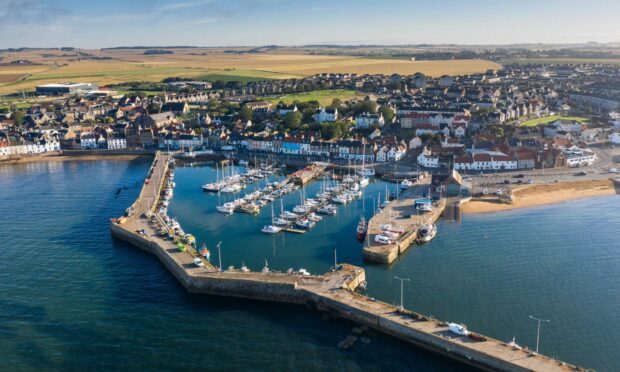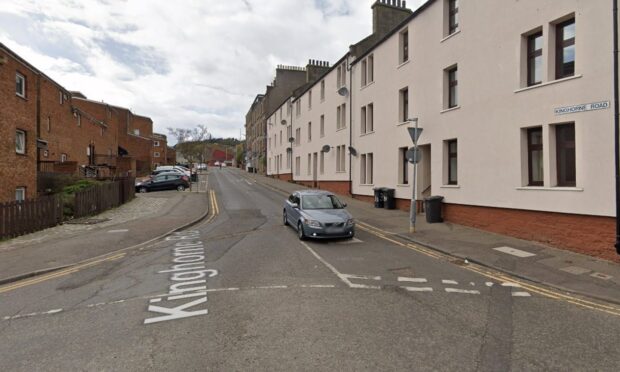The Courier has published the results of its Pandemic Pedal Power survey – a comprehensive picture of local cycling habits and attitudes across Tayside and Fife. But how do those habits vary across the region? To find out, we’ve broken down the survey results to identify key priorities and problems in Dundee, Angus, Perth and Kinross and Fife.
Dundee: City of missed opportunities?
As the only city council area in Courier Country, densely packed Dundee is in need of cycle-friendly segregated infrastructure, according to the results of our survey.
The city’s compactness lends itself to commuting, with more than half saying they do or intend to get to work by bike and more than three-quarters cycling to the shops. More than half cycle less than 30 miles a week – roughly four miles a day.
But that’s not to say it is convenient – just 15% cite the ease of cycling as a main reason for getting in the saddle.
Just under 60% of people who cycle locally say the city’s infrastructure is either poor or very poor.
They say a lack of segregated paths, road layouts that hinder rather than help cycling, and “shared paths” for pedestrians and cyclists that often lead to conflict are to blame.
While all those polled were equally concerned about the presence of buses, cars and other cyclists, Dundonians said they were far more concerned about pedestrians compared with others in the region.
That said, early moves to improve accessibility during lockdown has impressed some – with Dundee ranking second in the region for its infrastructure overall, suggesting the council is moving in the right direction.
Case study: ‘Better than I thought it would be’
Like others hopping on a bike for the first time during the coronavirus pandemic, Heather McKenzie says she wouldn’t have done so if the roads were busy.
The 45-year-old paralegal bought an e-bike in June to get around on a sore foot and has been regularly cycling for the first time since 2007.
“I was a bit wary about going onto buses because I don’t drive and as I live up a hill I splashed the cash on an e-bike,” she says.
“It’s been really good – you try not to use the assistance as much as you can.”
While initially a little unsure of herself, Heather says her confidence has improved with every trip out – and the lack of traffic has helped.
“I’m getting my confidence up and trying to stick to the roads and be a good cyclist – someone gave me a bit of advice which is just to hold your own,” she continues.
“If you keep your place cars have to make a decision to overtake you.
“I’ve only made one mistake at a junction where I got a horn tooted at me but that’s been the only time. I haven’t found drivers to be aggressive so far.”
Where she has made use of paths set aside for cyclists, Heather has found them wanting.
“I went round the Green Circular and there was one pedestrian who took issue with me.
“It has been better than I thought it would be but it could be improved. Segregated paths would encourage me more as I’d like to keep cycling.
“I don’t like (driving) cars, I never have. I passed my test but I’ve never liked driving and it would be better if there was less cars around generally.”
The local response
Dundee has been criticised for a number of its transport policy decisions in recent years, from the scorn heaped on the “square roundabout” at the Waterfront to the council’s early failure to consider the city’s less affluent communities when seeking active travel funding.
However, the council says it is committed to improving active travel provision in all parts of the city, balancing the growth of bike lanes and pavements with the needs of other road users.
To date, Dundee City Council has secured £460,000 to pedestrianise streets in the city centre and Broughty Ferry, and is pursuing another £2 million to create pop-up cycle lanes on commuter routes elsewhere in the city.
A further £9 million is being spent on improving existing cycle routes between Dundee and Monifieth in Angus, as part of the ongoing coastal protection works.
Alan Ross, convener of the council’s city development committee, says the local authority is committed to overhauling its transport network – but added that any measures to promote active travel needed to consider those who do not cycle.
Mr Ross said: “The council has been at the forefront of engagement with special interest groups and investment in infrastructure and initiatives to improve air quality, support more active forms of travel and encourage modal shift from private car use to other more sustainable ways of getting around.
“It is important to note however that all of the positive work that we have been doing around cycling and active travel should be seen in the wider context in which we have to try to balance the competing needs and desires of the whole city and everyone in it within increasingly limited resources.”
Kevin Cordell, the council’s cycling spokesperson, has pointed out that the council secured £654,000 from the Scottish Government’s Cycling, Walking and Safer Streets initiative in March to make roads more prescriptive towards active travel.
Mr Cordell continued: “Less than a year ago the council published a Cycling Strategy for the city informed by research, consultation and engagement.
“The first Bike Life Dundee report was published in spring of this year by UK-wide charity Sustrans whose goal is to make it easier for people to walk and cycle.
“It highlighted the attitudes of cyclists and non-cyclists in Dundee in a constructive context that helps to inform our policy decisions and provides us with a rich source of opinion and experience that shines a light on how far we’ve come, where we are now and importantly where people think we should be going as a cycling city.”
